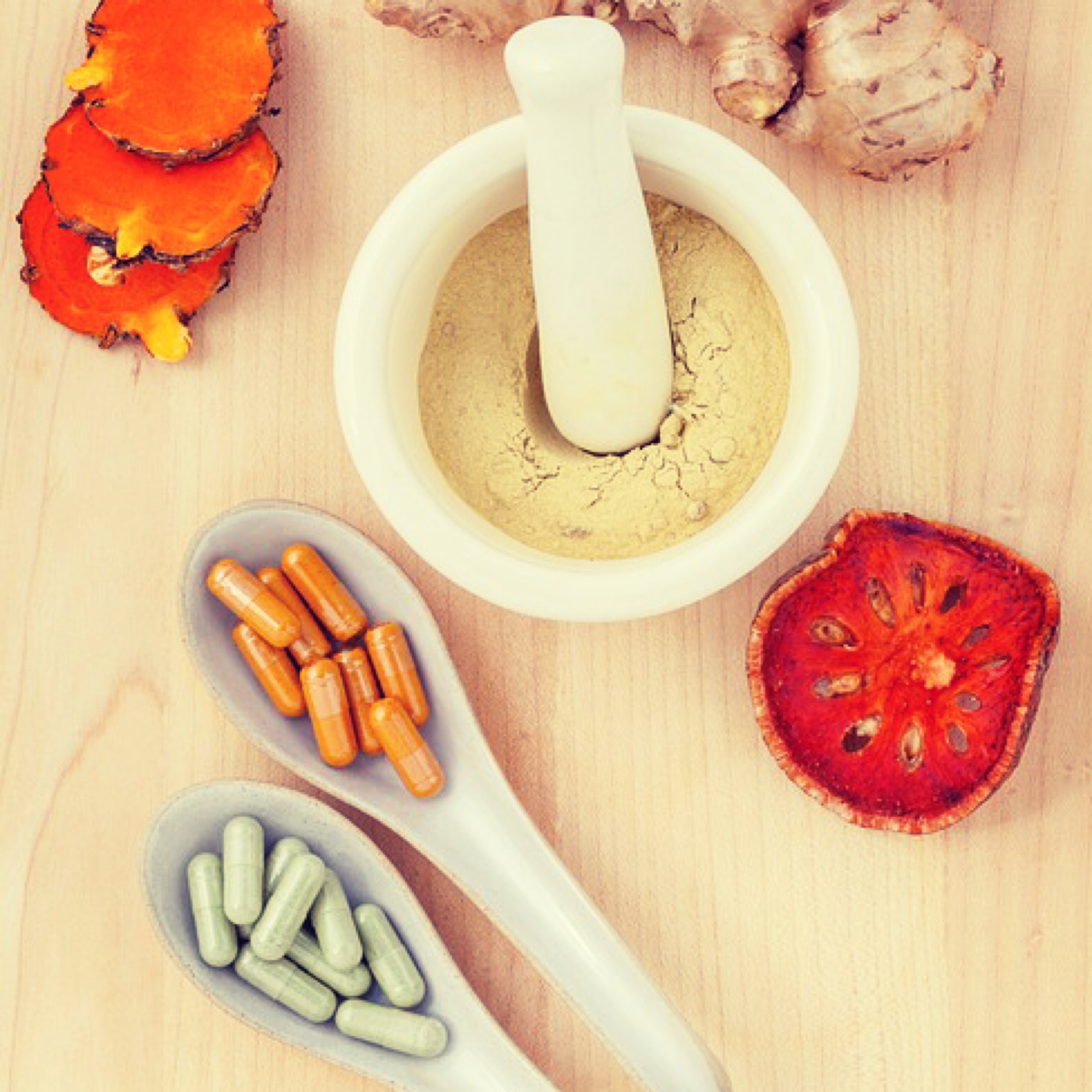I can’t tell you how many people I know that define a good workout based on the level of soreness afterwards. But is that really a good measure of a good workout? Not necessarily. Soreness, or Delayed Onset Muscle Soreness (DOMS), which can begin to occur as late a 2 days post workout, is simply an indication that you challenged your muscles in a way that it wasn’t accustomed. And in fact, if your soreness lasts for 5 days or more it may be a sign of muscle damage beyond what is beneficial.
So let me rewind a little bit. What is actually causing DOMS? It’s not the build up of lactic acid and toxins as many may believe. The trigger of DOMS is not fully understood, but it has to do with your muscle fibers breaking down when you exercise and how your body goes about repairing and replacing those muscle fibers.
Newbies aren’t the only ones who experience soreness. Someone who is in great shape can experience soreness if they perform exercise that is not part of their usual routine. Along the same lines someone who performs killer workouts may not experience any soreness. Again, it goes back to the idea that your muscles are being challenged in a different way.
As I said above, DOMS is related to the body repairing itself after a challenging workout, so your body IS building muscle when you are sore, however you don’t want to be sore all the time. The downfall of soreness is that it also comes with loss of strength that often lasts longer than the soreness. Therefore, if you are sore all the time, you may be sabotaging your own efforts by impeding your ability to perform at your peak.
Long story short, it’s ok to be sore, but your goal shouldn’t be working out to achieve soreness all the time. As long as you are challenging yourself and increasing your effort over time either via increasing your weights or increasing the volume of your training, your body will continue to repair and build muscle regardless of how often you experience soreness.
A few tips to help relieve muscle soreness:
- Be sure to consume easily digestible protein within 30 min of completing your workout. A protein shake is one of the best and easiest ways to accomplish this. Again, exercise causes your muscles to break down, so you want to make sure to replenish your body with the building blocks it needs to repair and grow.
- If you have really intense soreness and/or tenderness concentrated on a specific muscle, you may have a muscle adhesion, which is a dense collection of scar tissue that forms when muscle or connective issues are injured. Pressing on the affected area for 30-60 seconds with a Foam Roller as well as some light stretching should help get rid of any muscle adhesions. Be sure to see a professional if the tenderness lasts for an extended period of time or if pressing on the area triggers shooting nerve pain.
- Taking a bath with Epsom Saltwill not only help you relax after a tough workout, but can also help with soreness. Epsom Salt contains magnesium, so if you take a bath with it, the magnesium will soak into your skin, helping to relieve your sore muscles. If you don’t have time for a bath, or baths just aren’t your thing, you could also take a Magnesium Supplement.
- Drinking lots of water is just a good rule of thumb, in general, to compliment exercise where lots of fluids are lost through sweat. And it may provide some relief from soreness.
- The most important aspect of relieving soreness is giving your body time to recover. That doesn’t necessarily mean that you can’t exercise when you feel sore, but be sure to have adequate periods of rest in between exercise sessions. Remember, exercise breaks down your muscles and your muscles grow when you are at rest.
I hope you found this helpful and don’t feel like you haven’t worked out hard enough just because you aren’t sore. Be sure to increase your weights periodically as well as challenging yourself to increase your volume and use that as the measuring stick for your progression. Make it happen!




I like your blog! Very insightful article about muscle soreness.
Thanks Monica! I’ve been inspired to write up these posts based on the most common questions I get in the gym. I’m glad you find it helpful and thank you so much for the feedback!